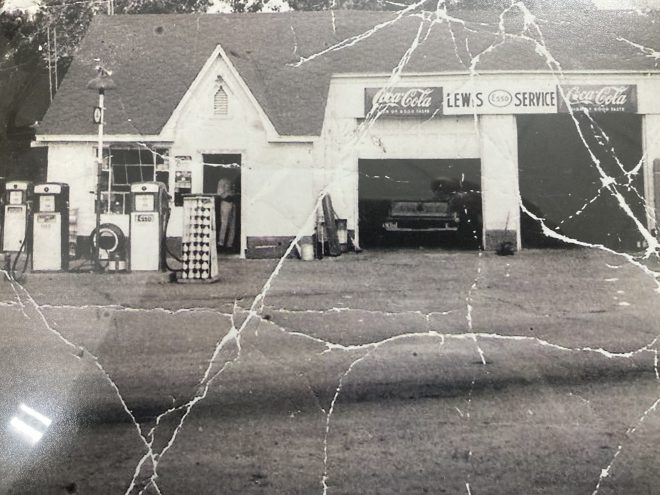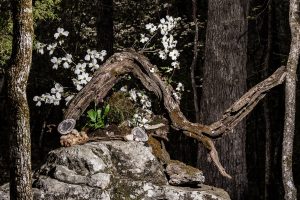Mosaic Templars Cultural Center to host discussion on local connection to “Green Book”

Join Courtney Bradford, curator of the Mosaic Templars Cultural Center, for a discussion about the history of the Lewis Esso gas station in North Little Rock, Arkansas. The site was listed in “The Green Book” and is part of the display for “The Negro Motorist Green Book” exhibition at MTCC from May 20 to Aug. 1.
Larry E. Lewis worked as a gas station attendant at Lewis Esso and many other gas stations from 1959 to 1977. His personal and family stories shine light on the resilience of Black business owners and the obstacles and triumphs they faced. His family’s service station, which is listed in “The Green Book,” was an important stop and port of safety for African Americans traveling in the segregated South.
Lewis was born in 1949, shortly after A.C. and Frances Lewis started their first service station. His early education was in the segregated Little Rock public school system. He graduated from Dartmouth College’s Thayer School of Engineering. After graduating, Lewis attended the University of Arkansas at Little Rock, Philander Smith College and the University of Arkansas Technology Campus at MacArthur Park.
Lewis worked at multiple businesses as an engineer and expert. He became president of Lewis Brother Service, Inc., from 1989 to 2007, after taking over for A.C. Lewis Esso. He is retired and resides in Michigan.
A.C. Lewis Esso represents the economic and social environment for African Americans in post-World War II. The business showcases the unique demands placed on Black businesses to compete despite having no access to capital markets, loans and traditional methods of raising investment capital, which was not generally available to African Americans in the 1940s and 1950s.
“The gas station required cash for its fuel for my dad to do business,” son Larry E. Lewis said. “This was because no bank would give him a line of credit. That is why this is an important story.”
The station was among only three African American service station franchisees in Arkansas, when it opened in 1949. It was described as “small but tidy” in “The Green Book,” which called Lewis a “capable and efficient young business man who takes great pride, not only in the appearance of this station, but in rendering courteous service to all customers.”
Started in 1936 by Harlem postman Victor Green, “The Negro Motorist Green Book” was a guide published over three decades that helped African Americans travel the country safely, and with dignity, during a time of Jim Crow laws and segregation. “The Green Book” was an indispensable resource for the era’s successful Black-owned businesses and rising African American middle class.
“The Negro Motorist Green Book,” an exhibition developed by the Smithsonian Institution Traveling Exhibition Service (SITES) in collaboration with award-winning author, photographer and cultural documentarian, Candacy Taylor, offers an immersive look at the reality of travel for African Americans in mid-century America and how the annual guide served as an indispensable resource for the nation’s rising African American middle class and evidence of a vibrant business class. “The Negro Motorist Green Book” is made possible through the support of Exxon Mobil Corporation.
About Smithsonian Institution Traveling Exhibition Services
SITES has shared the wealth of Smithsonian collections and research programs with millions of people outside Washington, D.C., for more than 65 years. SITES connects Americans to their shared cultural heritage through a wide range of exhibitions about art, science and history, which are shown wherever people live, work and play. For exhibition description and tour schedules, visit sites.si.edu.
About Mosaic Templars Cultural Center
The Mosaic Templars Cultural Center, a museum of Arkansas Heritage, is dedicated to preserving, interpreting and celebrating African American history and culture in Arkansas. Arkansas Arts Council, Arkansas Historic Preservation, Arkansas Natural Heritage Commission, Arkansas State Archives, Delta Cultural Center, Historic Arkansas Musuem and Old State House Museum are also parts of Arkansas Heritage, a division of the Arkansas Department of Parks, Heritage and Tourism.





Comments